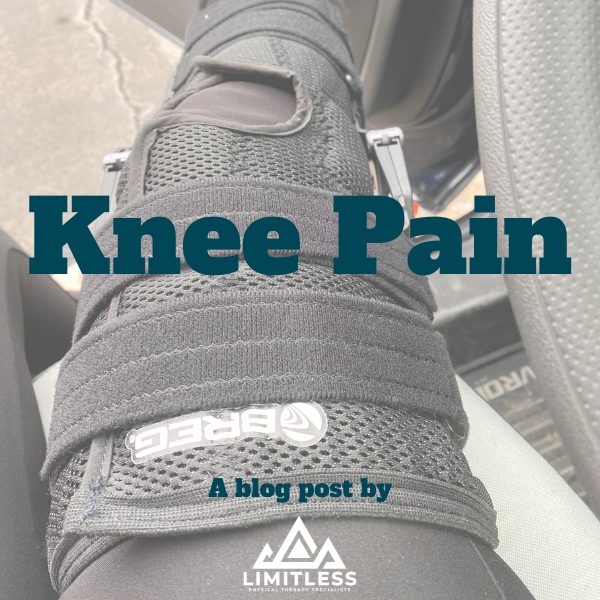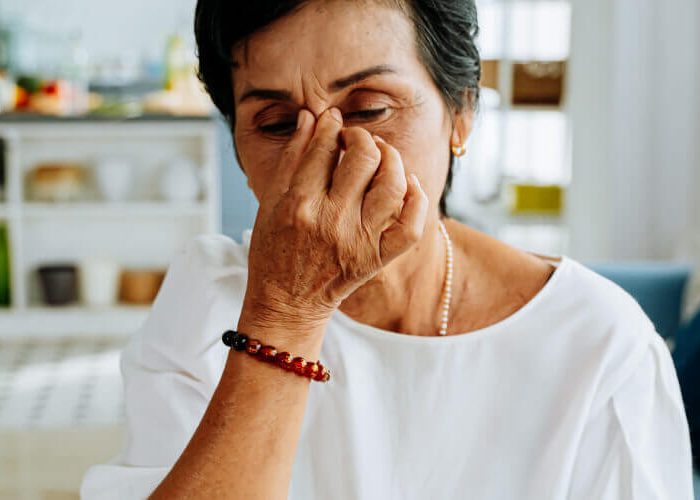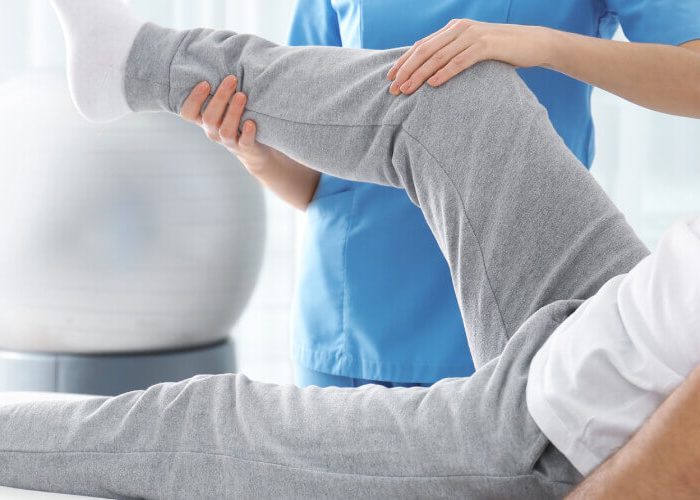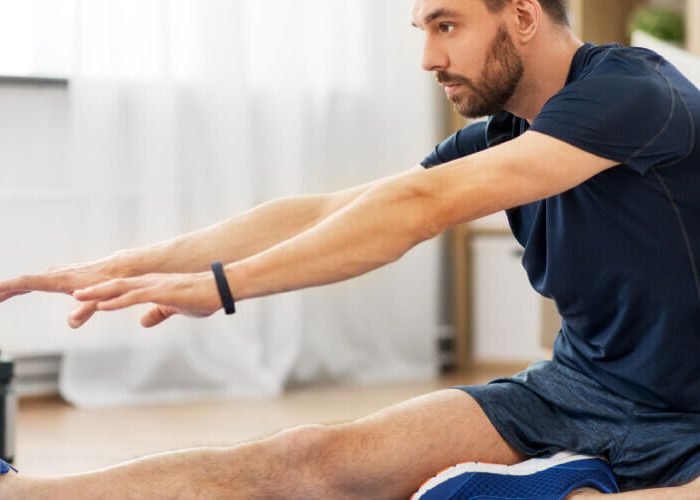As stated by the APTA website, “The White House has announced that APTA is among the organizations that have joined a public-private partnership to combat opioid usage and prescription drug abuse, and that the association will reach out to the public and its members to deliver the message that pain can be effectively managed through conservative, non drug approaches.
Physical therapists can help individuals manage pain, and greater use of physical therapy could make a real impact on the tragic levels of drug abuse in this country—abuse that often begins with a prescription for pain medication."
If you are ready to find relief without the side effects of opioids, contact Limitless PT today.
How will PT help?
The goal of physical therapy is to improve function and reduce pain. Both active and passive modalities are used to help reduce pain.
Physical therapy is effective for avoiding unnecessary surgery and for developing a dependence on opioids. This is why physical therapy is often the first point of entry in the healthcare system for pain management.
Pain education is an important component of physical therapy intervention. A physical therapist will educate you on the source of your pain and give you tips on how to manage your daily activities in order to reduce or eliminate pain.
All around, physical therapy is a much safer avenue than opioids. If you’re suffering in pain, say “no” to opioids and “yes” to physical therapy.
It is important to note that opioids and over-the-counter drugs are very different. When people turn to over-the-counter medications to help ease pain, there aren’t many significant health risks. For the most part, Advil, Tylenol, and Ibuprofen are safe to use in moderation if you are trying to find immediate relief when recovering from your car accident.
But with severe pain, from a more serious injury you may have sustained during the accident, prescription-strength medications may be issued. However, with severe pain comes severe medication, as well. Opioids are the most commonly used medication for pain management across the United States. Even though they are commonplace, they contain some shockingly harmful facts:
- Opioids are a highly addictive substance and are the most commonly abused prescription medication.
- Opioids are a highly dangerous class of substances. Heroin is among the opioid category, as well as prescription pain relievers like oxycodone, hydrocodone, morphine, and more.
- More than 2 million people in the United States become addicted to pain medication every year, many of the medications being opioids.
- About a quarter of heroin addicts began their addiction through prescription opioid dependency.
These facts, while disturbing, cannot be ignored. They paint a bleak picture regarding prescription pain medication use across the United States, to the point where experts believe it has become an epidemic.
You don’t need to have a history of addiction to become dependent on opioids - in fact, many people who become addicted have never had any issues with drug dependency in the past. Fortunately, physical therapy can help provide the same pain relief in a much safer, healthier, and natural way.
The many dangers of opioids
It is important to note that opioids and over-the-counter drugs are very different. When people turn to over-the-counter medications to help ease pain, there aren’t many significant health risks. For the most part, Advil, Tylenol, and Ibuprofen are safe to use in moderation if you are trying to find immediate relief when recovering from your car accident.
But with severe pain, from a more serious injury you may have sustained during the accident, prescription-strength medications may be issued. However, with severe pain comes severe medication, as well. Opioids are the most commonly used medication for pain management across the United States. Even though they are commonplace, they contain some shockingly harmful facts:
- Opioids are a highly addictive substance and are the most commonly abused prescription medication.
- Opioids are a highly dangerous class of substances. Heroin is among the opioid category, as well as prescription pain relievers like oxycodone, hydrocodone, morphine, and more.
- More than 2 million people in the United States become addicted to pain medication every year, many of the medications being opioids.
- About a quarter of heroin addicts began their addiction through prescription opioid dependency.
These facts, while disturbing, cannot be ignored. They paint a bleak picture regarding prescription pain medication use across the United States, to the point where experts believe it has become an epidemic.
You don’t need to have a history of addiction to become dependent on opioids - in fact, many people who become addicted have never had any issues with drug dependency in the past. Fortunately, physical therapy can help provide the same pain relief in a much safer, healthier, and natural way.
PT vs. Opioids
You can say “no” to opioids with the help of physical therapy. Chronic pain can make you curl up in bed and turn to opioids for pain management. It’s important to note that physical therapy can be implemented to treat all types of neuropathic pain and musculoskeletal pain. It can help alleviate pain due to osteoarthritis, fibromyalgia, rheumatoid arthritis, neuropathic pain, headaches and more.
A physical therapist utilizes a number of different pain management methods, such as deep tissue massage, manipulation of bones, manual therapy, cold laser therapy, microcurrent stimulation, movement therapy and exercise. Exercise may involve walking on a treadmill or specific exercises to strengthen the muscles.
Keep in mind that just 30 minutes of exercise a day will help you with pain management. The exercise plan that a physical therapist will devise for you will be focused in strengthening the muscles, increasing endurance, developing more flexibility in the joints and muscles, and creating stability in the joints. A physical therapist uses the fundamental sciences of biomechanics, pathology and kinesiology to formulate a specific exercise treatment plan for patients.
Physical therapy is a multi-pronged approach to lessening pain. With exercise, massage and manipulation, the body is encouraged to produce natural pain-relieving chemicals and to heal itself. Both tissue and bone will remodel with physical therapy.
Deep tissue massage enhances oxygen and nutrients to travel to the affected area. Cold laser therapy is used to lessen pain, reduce inflammation and release endorphins. Microcurrent stimulation emits alpha waves to increase dopamine and serotonin to alleviate pain naturally. A physical therapist will work closely with you and your doctor to find an effective treatment plan for your pain.
Get started today
Contact Limitless PT to schedule a consultation with one of our physical therapists - and say goodbye to opioids today!









